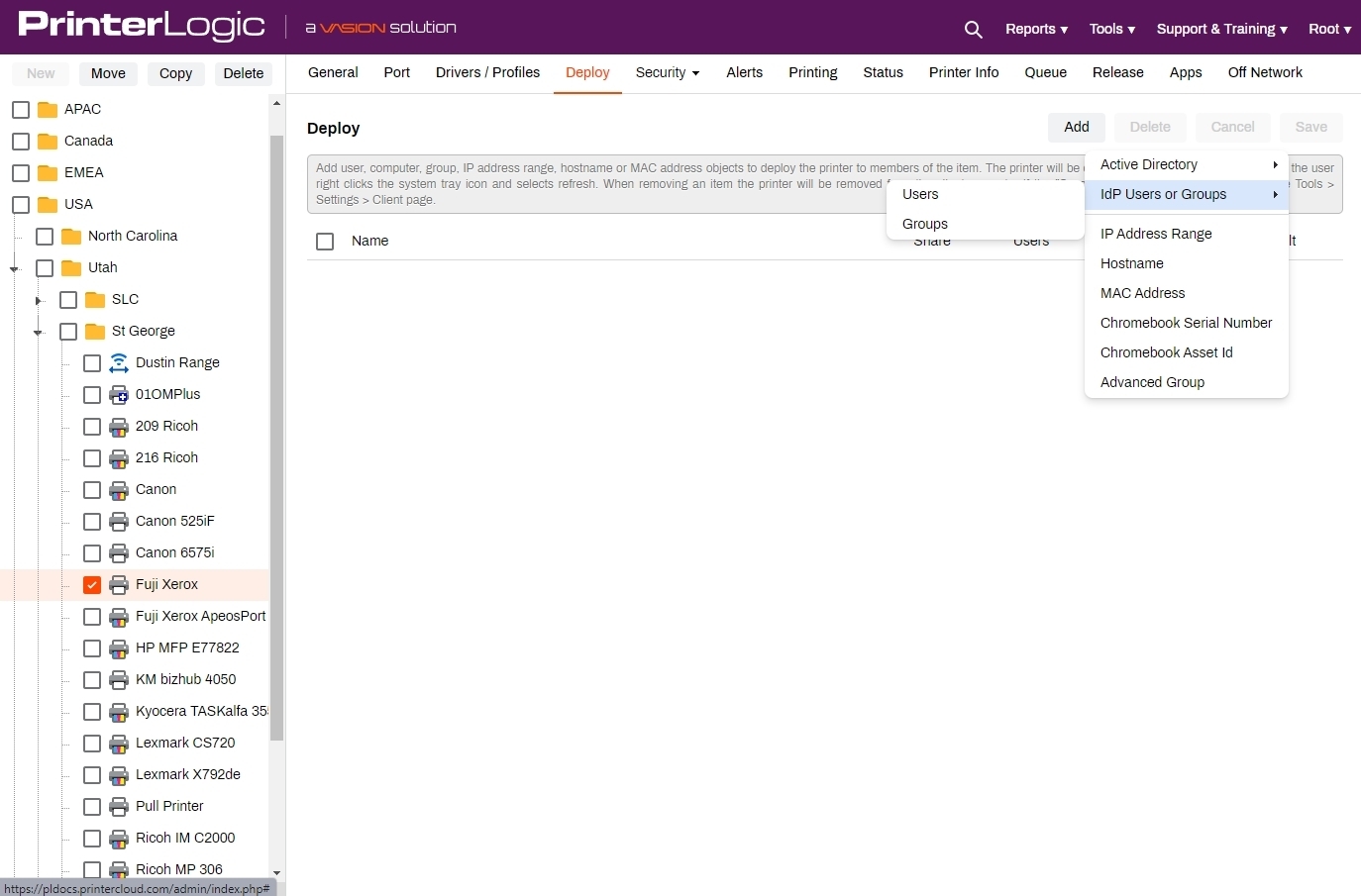Many organizations still view print servers as the unavoidable cost of corporate printing. According to Quocirca’s Cloud Print Services Study, the cost of acquiring and provisioning a print server hovers around $2300. They also require ongoing running costs of close to $1700 per year—not exactly chump change.
And the cost of replacing them?
That’s a road nobody wants to go down.
Now that print servers are about as obsolete as dial-up internet, it might be time to start re-evaluating your print infrastructure to streamline processes and save money.
We landed a rover on Mars.
We’re currently training AI to do tasks for us.
Why can’t humankind make printing cost-efficient and consistent?
There are proven ways to start saving money in your print environment. But first, let’s talk about why print servers are so costly.
Why do print servers cost so much money?
The up-front costs of print servers aren’t a secret. But hidden costs in the form of time and resources spent resolving issues caused by print servers are hard to identify. More often than not, print server issues result in a trickle-down effect that usually ends in a call to the helpdesk when users have finally had enough.
Take printer deployments, for example. IT may struggle to find the correct drivers, deliver the wrong printer to a user, or even make a script typo—and we all know how complicated scripts can get. All these scenarios waste a lot of time and force organizations to spend money in an area they shouldn’t have to.
And then there’s security.
Spooler vulnerabilities have only exacerbated printing issues that used to be routine fixes. Deployments are tricker and take longer to troubleshoot because admins don’t want to open up their organization to security risks. With a global average of $4.3 million per data breach, it’s definitely not a risk worth taking.
The Advantages of Going Serverless
When you eliminate your print servers, you’re not just taking non-essential hardware and software out of circulation. You’re also removing three major sources of IT burden:
Hardware updates and migration: New OS releases and mergers/acquisitions are two events that trigger a print server upgrade. Moving to new print servers is labor-intensive and diverts IT resources from other essential tasks.
Helpdesk calls: When users can’t print because of print server problems or downtime, they flood the helpdesk with calls. While those users wait, IT has to waste time troubleshooting and tracking down the cause of basic printing errors.
Maintenance and management: Print servers are rarely “set it and forget it” hardware. They need regular supervision and intervention. Even something as simple as updating or rolling back print drivers can be time-consuming. And don’t forget those frequent patch installations.
It’s one thing to kick print servers to the curb and remove that constant source of headaches. But being able to replace your legacy infrastructure with a cloud-native, scalable solution sets you up for current and future success as your company expands.
That’s what makes PrinterLogic’s print management solution different.
Through its centrally managed, direct IP printing model, PrinterLogic allows for efficient management of the entire print environment—all from a single pane of glass.
You can only imagine how this translates to optimized print management for distributed organizations like retail, healthcare, and banking. No print servers mean fewer visits to off-site locations. The single UI enables admins to address issues with just a few clicks. And adding and subtracting printers becomes a cakewalk.
Serverless printing solutions like PrinterLogic have enabled enterprises and managed print service providers to completely eliminate print servers from even the most complex print environments. Distributed retail organization? Cerner/VMware VDI environment? Highly secure government entity? There’s no enterprise printing scenario that PrinterLogic’s serverless printing infrastructure can’t handle, improve, or protect.
Choose a Print Management Solution That Pays for Itself
Reducing print infrastructure, streamlining print management, and minimizing printer downtime all contribute to PrinterLogic’s ROI out of the gate.
Children’s Bureau, Inc., a nonprofit social-service agency, saw all those results after going serverless. Even without running dedicated ROI calculations, they identified cost savings through the dramatic reduction in support tickets and smoother print management.
One independent survey found that 87% of PrinterLogic customers had seen at least a 100% ROI. Almost half reported an ROI of more than 200%.
And what’s more, those results were quick. Seventy-five percent of PrinterLogic customers said they broke even and recouped their investment within one year. More than 90% reported that it was in 18 months or less.
Some organizations take their savings further by leveraging PrinterLogic’s print auditing and advanced reporting capabilities. Print auditing and advanced reporting features reveal information like:
- Which departments print the most
- Money spent on print consumables like toner and paper
- Detailed print activity down to the printer or user level
That info creates an opportunity for enterprises and managed print service providers to start capitalizing on other areas—yielding them a bigger ROI.
Try Our Print Savings Calculator
Interested in learning how much you could save by going serverless? We’ve come up with the perfect formula so you don’t have to crunch the numbers by yourself.
